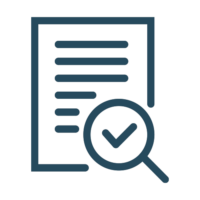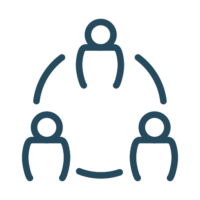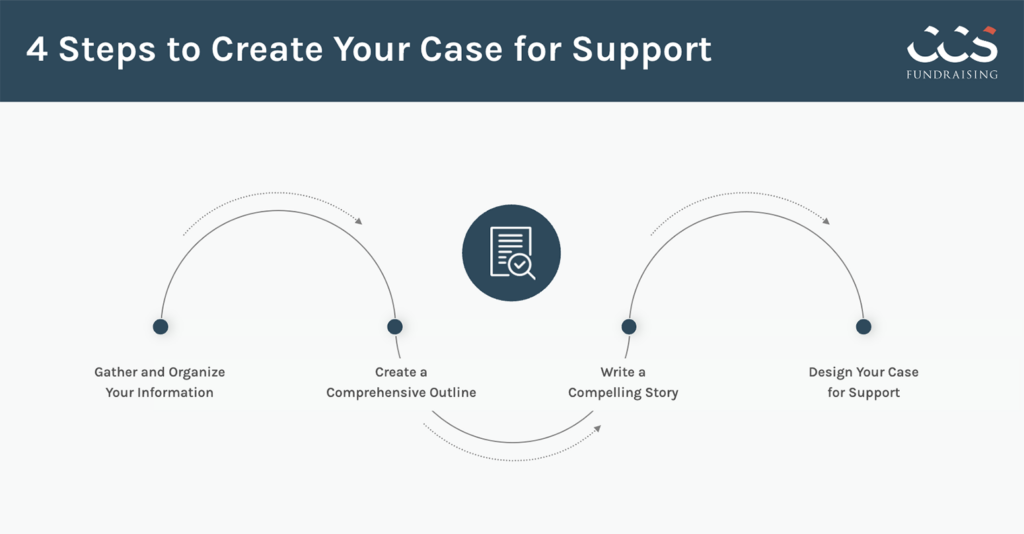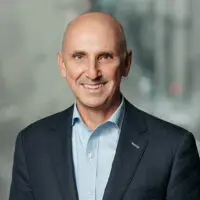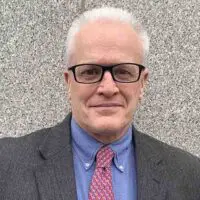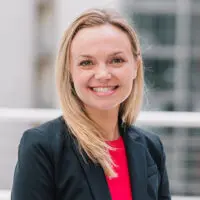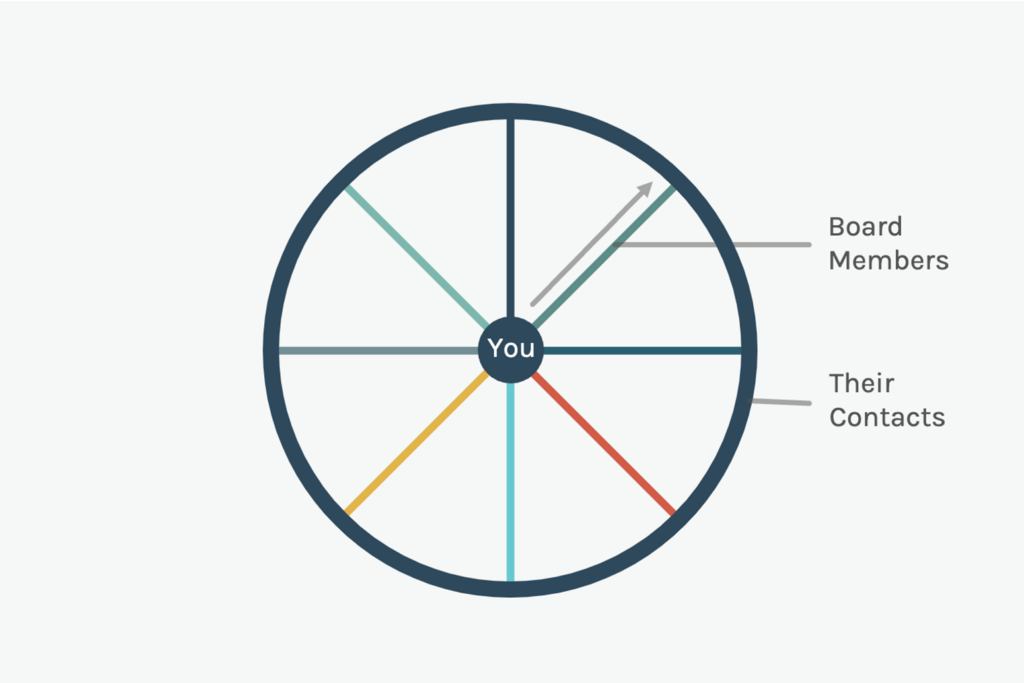A commitment to diversity, equity, and inclusion (DEI) should be essential to advancement professionals who have a responsibility in how they acquire, store, and use data. DEI is not a one-and-done concept and should be at the heart of everything a nonprofit does— especially regarding donor data.
Vered Siegel, Senior Director at CCS Fundraising and Chair of the Association of Advancement Services Professionals (aasp)’s DEI in Advancement Data Task Force, and Felecia McCree, Senior Director on CCS’s Systems & Change Management team and member of the task force, addressed this very subject in aasp’s 2024 eBook, Diversity, Equity, & Inclusion (DEI) for Advancement Services: Best Practices for Today’s Success. We asked them to expound on why and how advancement services should integrate DEI principles.
Q: Why should DEI matter to those in Advancement Services?
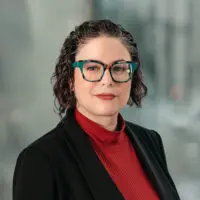
Vered: Ultimately, Advancement Services as a profession owns and is responsible for constituent biographical data in the fundraising database. To this end, DEI is a lens by which to look at our donors’ and prospects’ identities:
- How do they define themselves, and how does our institution define them? Are those definitions aligned?
- How does responsibility for identity data impact our fundraising success, our relationships with constituents, and our team’s strategy?
I think it comes down to promoting human dignity: accepting other people’s identities as part of the big picture of human flourishing. I got into the nonprofit sector because I felt called to promote that flourishing. Society commonly misjudges “data people” as disconnected from the humans our data reflects, but it’s absolutely untrue. We are the stewards of identity in data form.
Q: Why should organizations think about DEI in data collection, usage, and storage?

Vered: Splitting best practice recommendations across collection, storage, and usage in Diversity, Equity, & Inclusion (DEI) for Advancement Services: Best Practices for Today’s Success was critical because every organization is on a unique timeline in its DEI data management. For example, some organizations might read the document and notice that they align well with best practices in storage but haven’t considered all the implications of collection. By separating these three content areas, we reject the premise that if you’re early in your journey in one area, the rest is insurmountable. On the contrary—I think every organization can identify at least one area where they are at the cutting edge of the best practice today, even if the checklist for the rest might be quite long.
Q: What can we learn from equitable data practices?
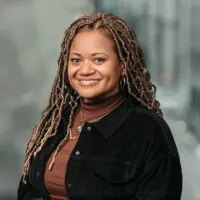
Felecia: It is important to increase representation whenever possible—we continue to learn about disparities in past datasets that have led to inaccuracies in predictions, analytics, and outcomes. When organizations embrace equitable data practices, they become better informed in making decisions that impact all segments of the communities they serve. It allows them to consider everyone impacted by their analytical findings and recommendations, which is crucial for fostering inclusivity.
Equitable data practices can also help uncover hidden biases, helping nonprofits mitigate the risk of perpetuating disparities in underserved communities, and ensuring that future decisions are based on data that accurately reflects the diversity of their constituents.
Q: How does DEI help nonprofits better use their data?

Felecia: Nonprofits can only benefit when their accumulated donor data accurately reflects the communities they serve. That’s because it can lead to more targeted, effective, and inclusive outreach to those who will directly benefit from program offerings and services.
Additionally, DEI principles can help guide the ethical management of sensitive personal information. It is becoming more important than ever to protect the rights and privacy of those who are vulnerable to attack based on their gender identities or ethnic backgrounds.
Q: Are there any common mistakes nonprofits make when implementing DEI efforts in their databases?

Vered: Yes—I think the most common mistake nonprofits make to meet the moment is to focus effort and energy on collecting a large amount of data with no plan. It’s a well-intentioned mistake. The thought behind it is that even if you don’t know what you’d do with data about someone’s race or gender identity, it might come to use one day. But, I challenge nonprofits to consider the effort and energy expended in pursuing a data-maximalist ideology. If you’ve never needed it before, and it takes a great deal of time, effort, energy, and money to obtain and store, yet you have no plan for what to do with the data once you have it, was pursuing it really worth it?
Q: We know from the 2024 CCS Philanthropy Pulse report that many nonprofits struggle with communicating with donors about DEI. Do you have any advice for them?

Vered: I think it’s really interesting that giving to BIPOC and LGBTQ+ organizations grew in 2023 according to the 2023 CCS Philanthropic Landscape report. I sense that identity-based philanthropy benefits much more from data management that likewise embraces donor identities in a way that promotes their humanity and dignity. After all, if your organization serves queer inner-city youth but your database only tracks the gender options “male,” “female,” and “other,” how aligned is your DEI data strategy with your organizational mission? That’s why in that same report CCS recommends developing culturally competent donor cultivation/solicitation approaches. One way this manifests in advancement services is through segmentation: using data fields to divide your donors into categories to develop custom approaches to donor relationships.
But just because you can track something doesn’t mean your donors would like to be categorized that way. The eBook touches on this explicitly, asking: “Just because you can, does it mean you should?”
I can share a real-life example:
I once helped an organization build out their ask strings for direct mail. This was the kind of project where I would typically extrapolate the $10, $25, $50 from raw data and examine individual donors’ prior giving, engagement, and other factors to get the string just right. In discussing their prior formula, I learned that they only used numbers in multiples of five for their ask strings despite a sizable quantity of donors giving $18, $36, or $72.
The organization threw out those “non-standard giving amounts” as noise in the data, but the donors persisted in giving those amounts. I quickly pointed out that these donors were likely Jewish, and giving in multiples of 18 was a cultural norm for them. They were not just randomly giving these numbers to break the data model!
We carefully pulled out those donors, and instead of offering the $10, $25, or $50 ask strings, we built ask strings in multiples of 18. Over two years, engagement from these donors went up. They were more likely to answer phone calls, more likely to return an appeal with a check, and their giving increased over the two years I was with the client.
Cultural competency is critical for fundraising success
Explore DEI best practices in Advancement Services in aasp’s 2024 eBook, and learn more about CCS Fundraising’s Systems & Change Management services.
More Insights
CCS Philanthropy Pulse
Uncover the latest fundraising trends in the 2025 CCS Philanthropy Pulse report! Packed with data-rich insights from 600+ nonprofit organizations across diverse nonprofit sectors, this free report will help you plan for success in 2025.
Your Guide to Finding, Engaging, and Retaining the Next Donor Generation
The future of philanthropy revolves around engaging our next generation of donors—Generation Z and Millennials. Understanding how to attract, retain, and grow your young professional pipeline will ensure long-term sustainability for your organization.

